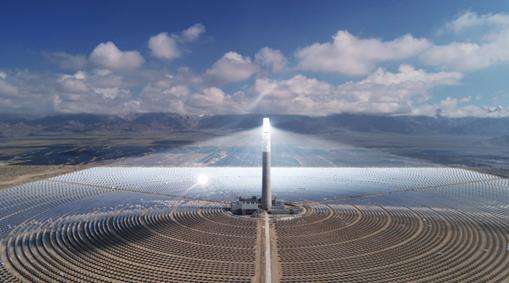Causes of overheating of the electric ball of diesel generator set:
1) The diesel generator set does not operate according to the specified technical conditions. For example, the stator voltage is too high and the iron loss increases; the load current is too large and the stator The winding copper loss increases; the frequency is too low, which slows down the cooling fan speed and affects the machine's heat dissipation; the power factor is too low, which increases the rotor excitation current and causes the rotor to heat up.
2) The inlet air temperature is too high or the inlet water temperature is too high, and the cooler is blocked. The inlet air or water temperature should be lowered to clear the blockage in the cooler.
3) Bearing wear. If the wear is not serious, the bearing may be overheated locally; if the wear is serious, the stator and the rotor may rub together, causing overheating of the stator and rotor avoidance parts.
4) The insulation of the stator core is damaged, causing an inter-piece short circuit, causing the core to increase local eddy current loss and generate heat. In severe cases, the stator winding will be damaged.
5) Too much or too little grease is added to the bearing.
6) The parallel wire of the stator winding is broken, causing the current of other wires to increase and generate heat.
7) The three-phase load current of the diesel generator set is unbalanced, and the overloaded one-phase winding will overheat; if the difference between the three-phase current exceeds 10% of the rated current, it is a serious phase current imbalance. Unbalanced three-phase current will produce a negative sequence magnetic field, thereby increasing losses and causing heating of components such as pole windings and ferrules.
8) The air duct is blocked by dust and the ventilation is poor, making it difficult for the generator to dissipate heat.
There may be five reasons:
1. The generator is overloaded, causing the load current and voltage to exceed the rated value.
2. The load power factor is too low. Adjust the load so that the excitation current does not exceed the rated value.
3. The speed is too low, adjust the speed to the rated value.
4. There is a partial short circuit in a winding of the generator. Find the short circuit and correct or replace the coil.
5. If the ventilation duct is blocked, remove the obstruction, disassemble the motor, and blow out each air duct thoroughly.














